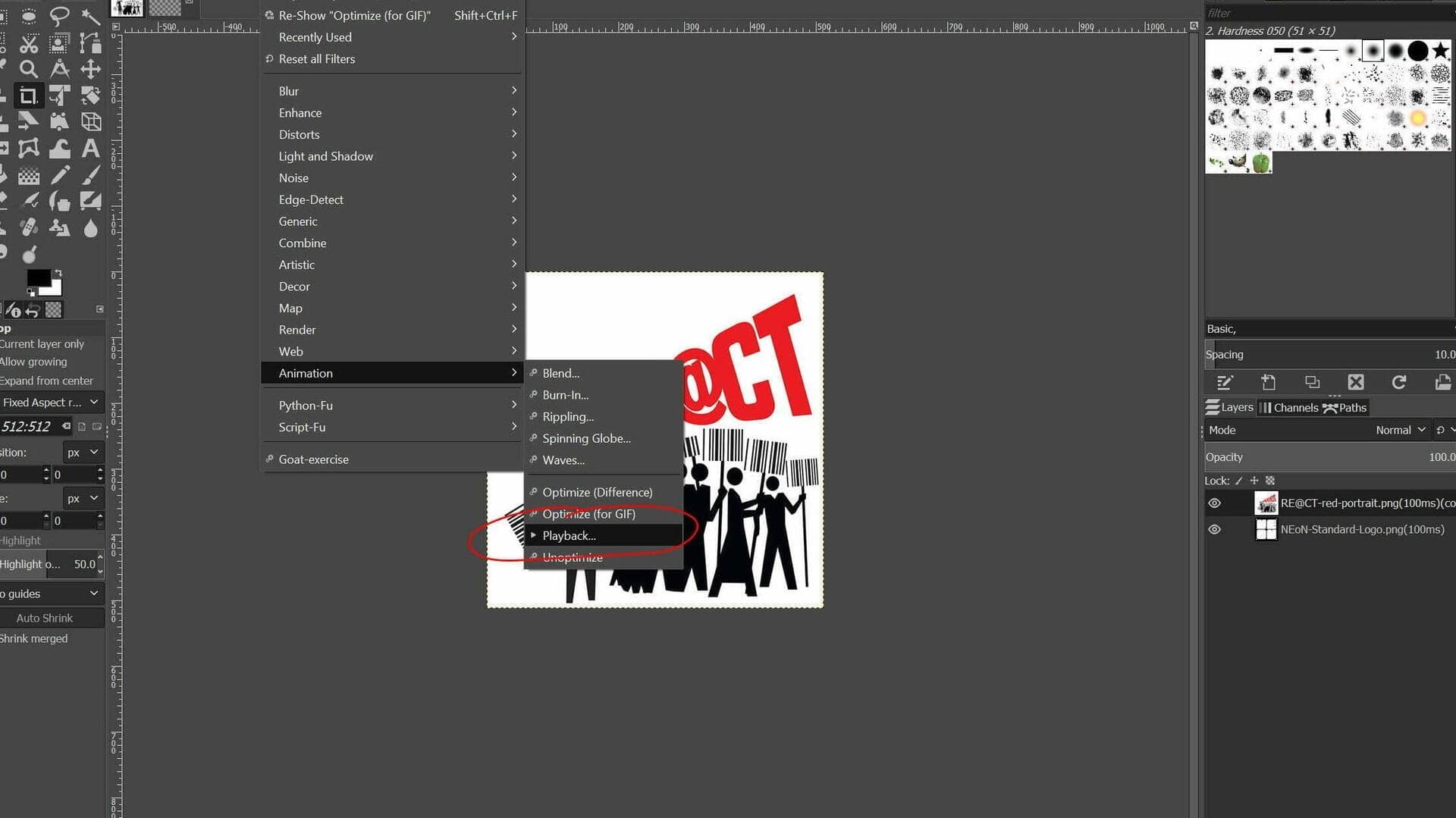
How to create GIFs using GIMP
What's the story
Creating GIFs with GIMP can be pretty easy if you know the right way. GIMP, the free and open-source image editor, comes with a host of tools that can help you create animated GIFs in no time. Once you get the hang of the basic functions and features of GIMP, you can make high-quality animations without much hassle. Here's how to use it for GIFs.
Workspace
Setting up your workspace
Before you get started on your project, you'll want to set up your workspace in GIMP. Open the software and make sure all the required toolboxes are visible. You can customize the layout by dragging panels to your preferred places for easy access. Get acquainted with layers, as they are an important part of creating an animation. Getting your workspace organized will save you time and make the process smoother.
Frames
Importing images or creating frames
To make a GIF, you'll have to prepare several frames/images representing various stages of your animation. You can either import images into GIMP or create new ones from scratch with its drawing tools. Each frame should be placed on a separate layer in the project file. Make sure to order each layer correctly, as it dictates the order of frames in your final animation.
Timing
Adjusting timing for animation
Once all the frames are ready, you need to adjust their timing to control how long each frame appears in the final GIF. In GIMP, this is done by naming each layer with its duration in milliseconds inside parentheses (e.g. "Frame one (200ms)"). This step is important as it impacts the overall speed and fluidity of your animation.
Preview
Previewing your animation
Before you export your GIF, make sure to preview it in GIMP to ensure that there are no errors or adjustments to be made. Go to "Filters" menu and head over to the "Animation" option to select "Playback". This would let you see how frames transition from one to another in real-time, so you can make necessary tweaks before finalizing.
Export
Exporting your final GIF
Once you're satisfied with how everything looks in preview playback, export your animation as a .gif via 'File' > 'Export As.' Select appropriate settings like loop count if you want; usually, infinite looping is best for most applications unless the project requires otherwise or you have a certain way you want it to play once shared online or elsewhere outside the original editing environment.